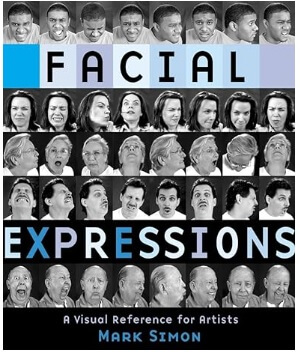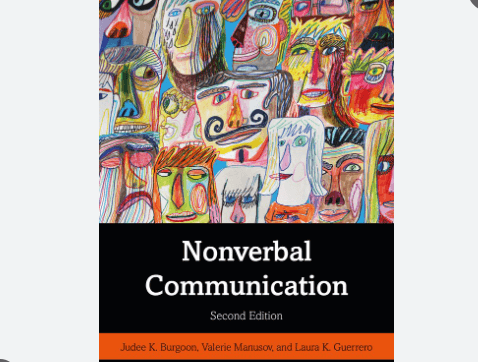Job Characteristics Model

- File photo | Credit Shutterstock
What is Job Characteristics Model?
Job design studies explored a new field when behavioral scientists focused on identifying various job dimensions that would improve simultaneously the efficiency of organizations and the job satisfaction of employees. One significant approach to job design is the job-characteristics model developed by Richard Hackman and Greg Oldham.
The Job characteristics model (jcm) is a theory that purports that three psychological states (experiencing meaningfulness of the work performed, responsibility for work outcomes, and knowledge of the results of the work performed) of a jobholder result in improved work performance, internal motivation, and lower absenteeism and turnover.
In contrast to job rotation Opens in new window, job enlargement Opens in new window, and job enrichment Opens in new window, which focus on providing variety in job tasks, the job characteristic model (JCM) is an approach to job redesign that seeks to formulate jobs in ways that motivate workers and lead to positive work outcomes. It suggests that jobs should be diagnosed and improved along five core dimensions.
As shown in Figure below, the primary goal of the model is to create jobs that result in positive personal and work outcomes.

- Figure showing the Job Characteristics Model. Source: J. R. Hackman and G. R. Oldham, Work Redesign (Reading, MA: Addision-Wesley, 1980).
Hackman and Oldham (1976, 1980) proposed the job characteristics theory to suggest that five job characteristics produce critical psychological states in the job holder, and ultimately result in a set of positive work-related outcomes.
Their job characteristic model proposes that three psychological states of a jobholder results in improved work performance, internal motivation, and lower absenteeism and turnover. According to this model, a motivated, satisfied, and productive employee.
- experiences meaningfulness of the work performed,
- experiences responsibility for work outcomes, and
- has knowledge of the results of the work performed.
Hackman and Oldham believe that five core job dimensions produce the three psychological states. The five core dimensions that were identified are as follows:
1. Skill variety
Skill variety reflects the degree to which a job involves a variety of different activities, which demand the use of a wide variety of the job holder’s skills and abilities. For example, a routine, repetitious assembly-line job is low in variety, whereas an applied research position that entails working on new problems everyday is high in variety.
2. Task identity
Task identity Opens in new window is the extent to which the job holder feels he or she is responsible for completion of a whole and idenfiable piece of work, that is, doing a job from beginning to end with a visible outcome. For instance, a chef who prepares an entire meal has more task identity than a worker on a cafeteria line who ladles mashed potatoes.
3. Task significance
Task significance Opens in new window concerns the degree to which the job is perceived as important and having a substantial impact on the lives or work of other people, whether in the immediate organization or in the external environment. For instance, people who distribute penicillin and other medical supplies during times of emergencies would feel they have significant jobs.
4. Autonomy
Autonomy Opens in new window means the degree to which the job provides substantial freedom, independence, and discretion to the individual in scheduling the work and in determining the procedures to be used in carrying it out. A house painter, for instance, can determine how to paint the house; a paint sprayer on an assembly line has little autonomy.
5. Feedback
Feedback Opens in new window is the extent to which carrying out the work activities required by the job provides information back to the job holder about the effectiveness of his or her performance.
Jobs vary in their ability to let workers see the outcomes of their efforts. A football coach knows whether the team won or lost, but a basic research scientist may have to wait years to learn whether a research project was successful.
| Important Hint! |
|---|
The job characteristics model proposes that the more these five core characteristics can be designed into the job, the more the employees will be motivated and the higher will be performance, quality, and satisfaction. |
The job characteristics model appears to work best when certain conditions are met. One of these conditions is that employees must have the psychological desire for the autonomy, variety, responsibility, and challenge of enriched jobs. When this personal characteristic is absent, employees may resist the job redesign effort.
In addition, job redesign efforts almost always fail when employees lack the physical or mental skills, abilities, or education needed to perform the job. Forcing enriched jobs on individuals lacking these traits can result in frustrated employees.
























